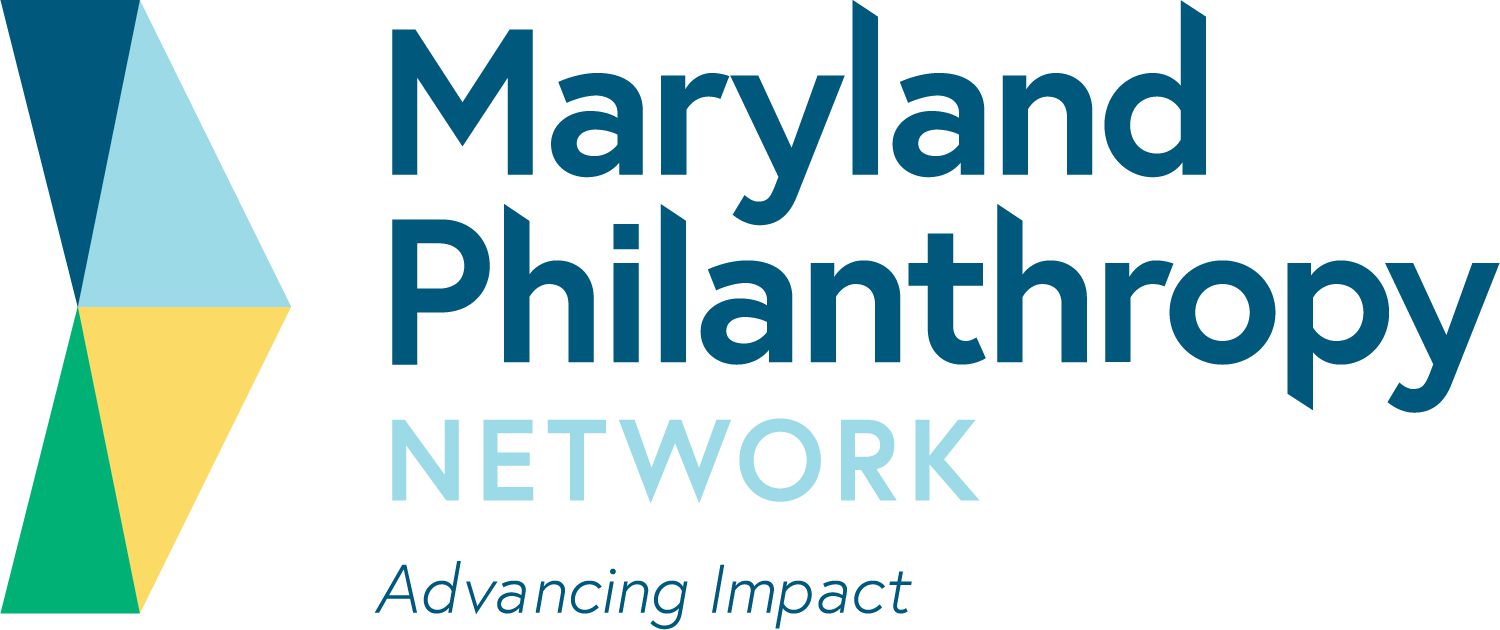How to Push DEI Conversations Out of the Comfort Zone
For those committed to advancing racial equity in philanthropy, how do we find and stay with our learning edge—what Laura Shubilla and Chris Sturgis call “the edge of our comfort zone and competence?” Moreover, how do we do so when we focus our efforts locally in organizations and communities yet live in and ultimately have an impact on a global society?
Philanthropy’s growing embrace of diversity, equity, and inclusion requires retooled, if not fully reimagined, structures and practices that can advance racial and economic justice. And as philanthropy’s efforts cross borders, we must recognize the limitations of the dominant Western framework that confuses evolution for progress and which places humans at the pinnacle of all life”
We are practitioners working in philanthropy, specifically at the crossroads of strategy and evaluation, where data-informed decisions determine who gets funding and who does not, in what amount, and to what end. For us, the intersection of strategy and evaluation is contextualized, personalized, values-informed, and in service of an emerging world—transformative and freeing.
To realize this aspiration, we embrace our full identities and commit to practices that push our learning edges as black American, heterosexual, cisgender women. And as we pursue equitable processes and outcomes locally and globally, we turn to four practices to help us center race through an intersectional lens.
Click here to read the full article.
Source: The Stanford Social Innovation Review
FIND MORE BY:

